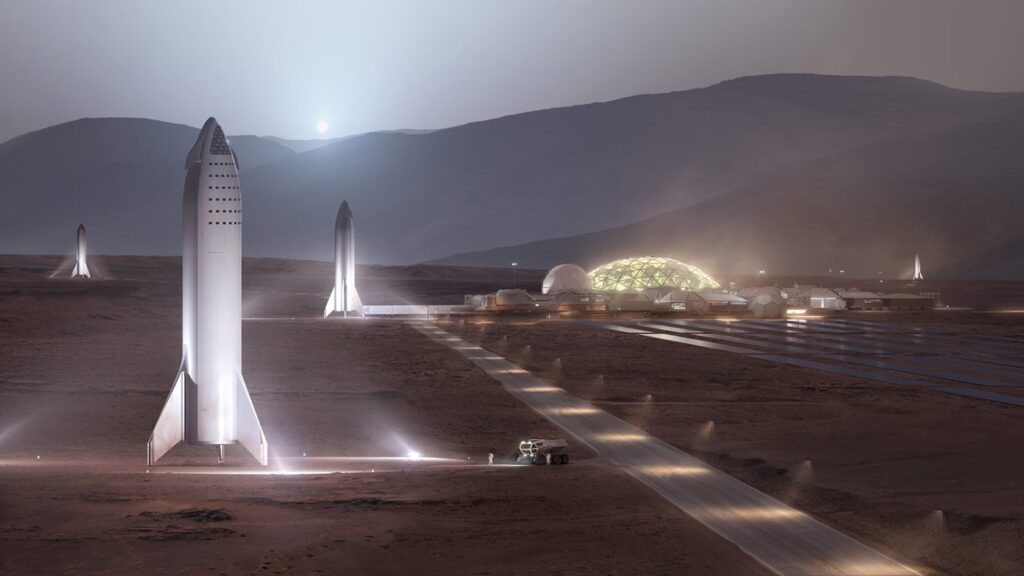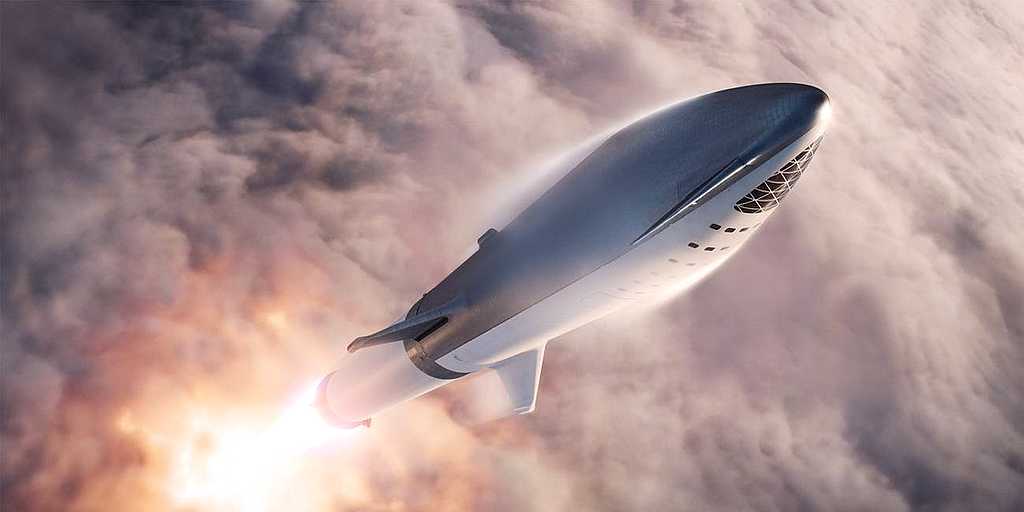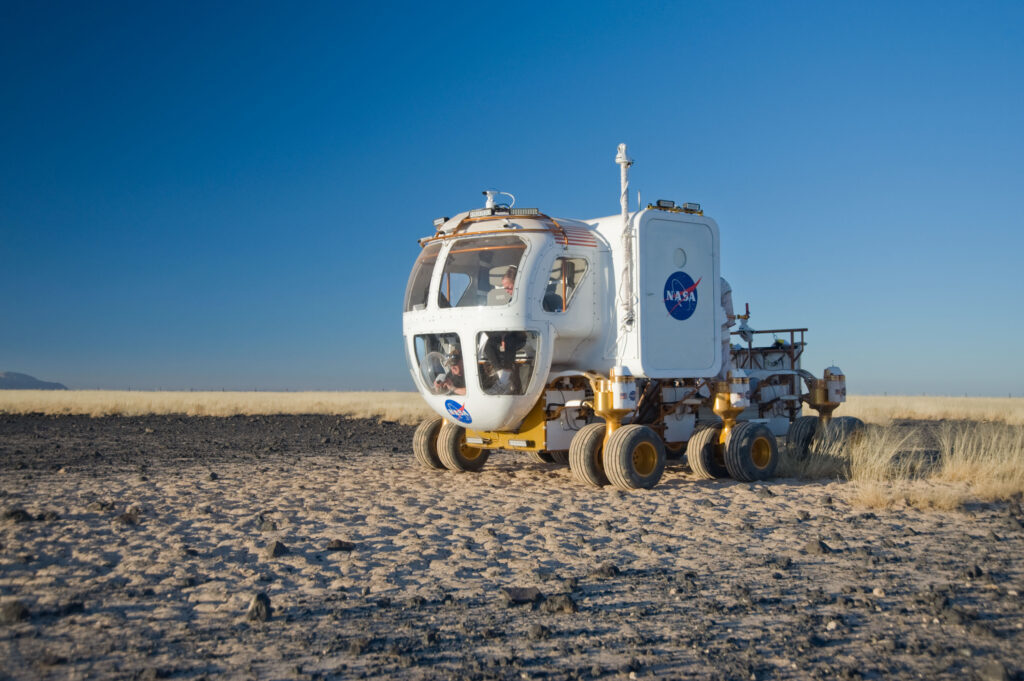SpaceX to set up a base on Mars by 2022 and aims to send the first humans to Mars by 2024, 55 years after man first set foot on the moon. While the Apollo missions only involved short stays on the moon, SpaceX aims to make Mars a permanent home for humans.

For the first group of astronauts heading to Mars, the journey is expected to take around 5 months, but what will they do when they get there?
Before the first astronauts ever set foot on the surface of Mars, they will need to have the essentials like water and power already set up before they get there.

SpaceX plans to achieve this in 2022 by sending two BFR’s on uncrewed missions, carrying important equipment such as: a large array of solar panels and a mining system.
The mining system will be the basis of SpaceX’s automated propellant plant, which they aim to expand with every new mission that heads to Mars.
The propellant plant will process the large supplies of CO2 and Water found on Mars by using the Sabatier process to make Oxygen and Methane, which will then be liquified and used as fuel to return the astronauts back to Earth.
If this mission is successful in setting up the foundations for a Mars colony, SpaceX will be on course for sending the first humans to Mars in 2024.
This mission will consist of 2 cargo ships and 2 crewed ships, carrying around 6 to 8 astronauts each.
The astronauts could be staying on Mars anywhere between a few months or a couple of years while they continue to set up the propellant plant.
One of the most important things the astronauts will have to do when they arrive is set up a base.
It’s unclear what the first Martian base will look like, although many have suggested that it should have a similar design to the International Space Station, with compact pressurized modules, allowing room for expansion.
Others have suggested that the initial base on Mars should be built underground, to protect the astronauts from the intense radiation and extreme weather experienced on Mars.
It’s possible that Elon Musk’s Boring Company could be used to dig tunnels and create underground habitats for astronauts to live on Mars.
Then there is the question of how astronauts will get their food. The first astronauts on Mars will take a 2-year supply of vacuum sealed packets of food, which are light and compact, just like the ones used on the International Space Station.
The astronauts won’t be relying on Mars grown food, however it’s likely that they will bring a greenhouse on their first mission to experiment with growing food and possibly supplementing their food with freshly grown produce.
In order to navigate the surface of Mars, the astronauts will also need a vehicle that can deal with the roughest of terrains.
NASA have been developing the “Space Exploration Vehicle” for this exact purpose. This is a pressurized vehicle which can support up to 4 astronauts for 72 hours.

With multiple SEV’s on the surface of Mars, it would allow astronauts to travel more than 200 kilometers in any direction, a major leap forward from the maximum 10 kilometers range. That the lunar rover had on the moon.
As SpaceX Crew Dragon Demo-2 mission was successful, The next biggest leap for SpaceX is to set up a base on Mars.
So, as we get closer to seeing the first humans set foot on Mars, we can appreciate the enormous engineering challenges that need to be overcome before they get there.
You can read more about the upcoming launches here.
Additional Resources:
